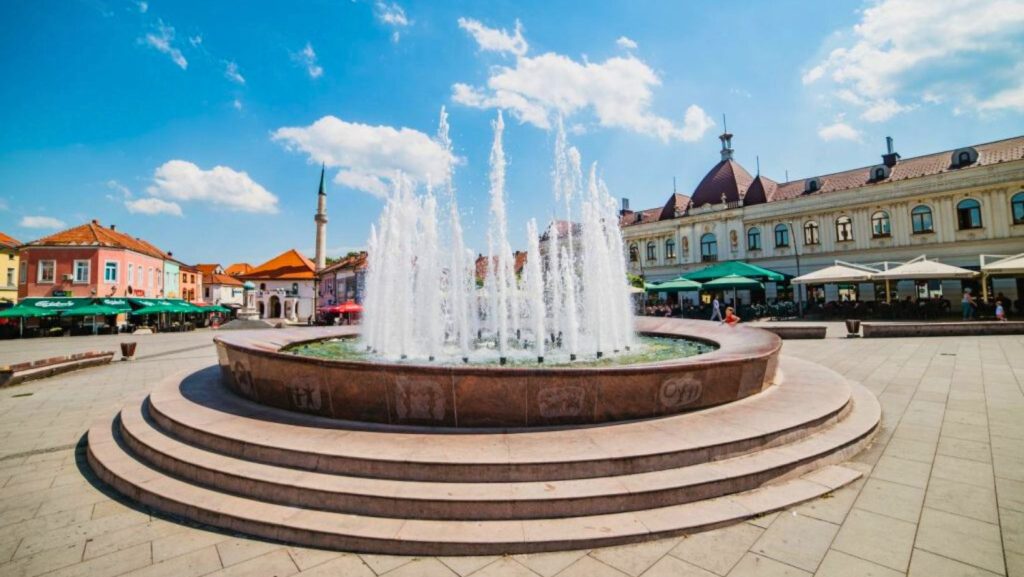
…a unique blend of history, culture, and natural beauty…
Nestled 35 km from Sarajevo, Visoko is a charming city surrounded by the picturesque valleys of the Bosna and Fojnica rivers.
Historical Marvels
The rich history of Visoko dates back to around 4800 BCE when the entire Visoko basin likely housed approximately 3,500 inhabitants, boasting an average population density of 31 people per square kilometer. Archaeological findings in areas like Arnautovići, Donje Moštre, and Zbilje reveal the presence of Neolithic settlements along the riverbanks.
During the medieval era, Visoko played a pivotal role as the early center of the Bosnian state, the Bosnian Banate, and later the self-proclaimed Kingdom. Mila, located in Visoko, served as the banate seat and the hub of state affairs, hosting local assemblies and being the coronation site of the first Bosnian king, Tvrtko Kotromanić.
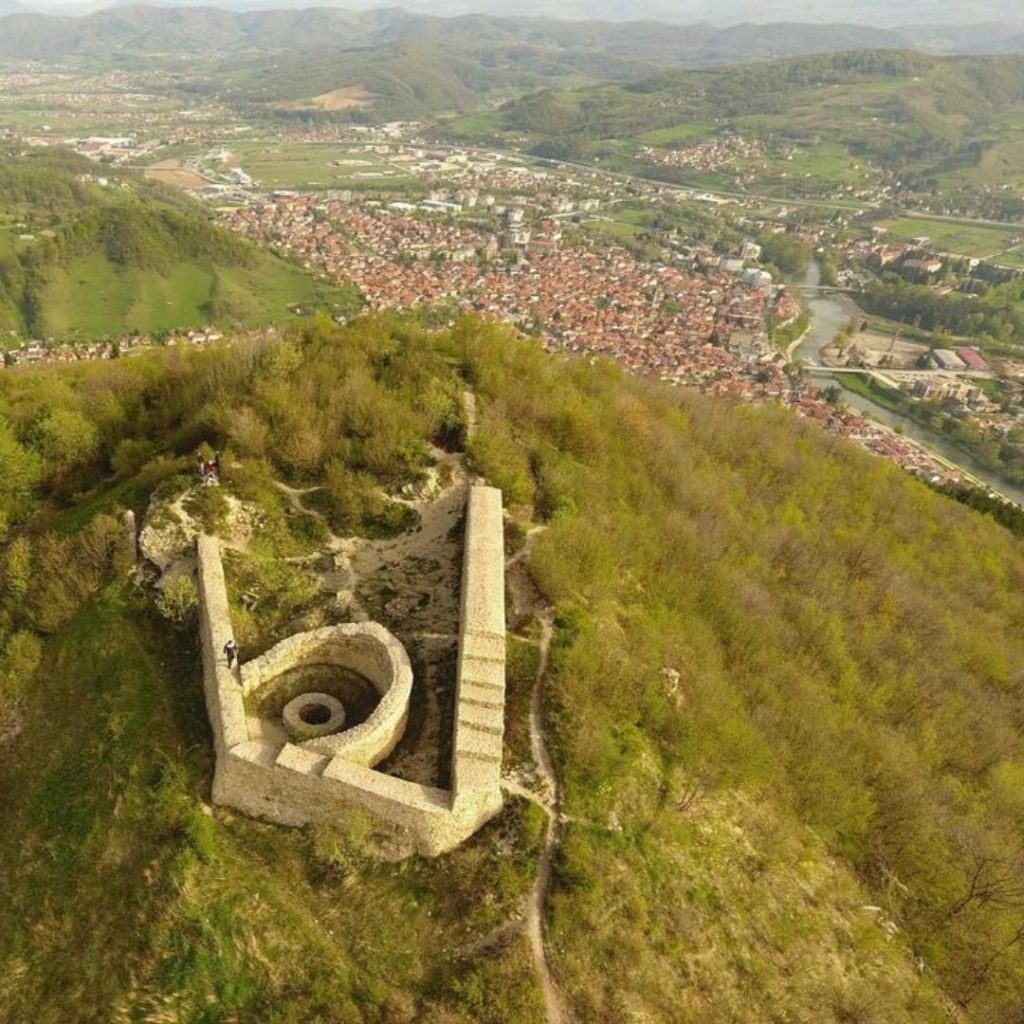
The Old Town of Visoki, a national monument of Bosnia and Herzegovina, atop Visočica hill, held significant political importance, while its substructure, Podvisoki, stands as an early example of medieval urban development in Bosnia.
Ottoman Heritage
With the Ottoman arrival, Visoko transformed into an Ottoman-style settlement. Ajas-paša, the Ottoman governor of Bosnia, left his mark in 1477 by constructing a hamam, mekteb, water supply system, a bridge over the Bosna River, and a medrese, establishing a vakuf (endowment) and tekija of the Naqshbandi order, still present today.
Ottoman Visoko was divided into a craft and trade district (čaršija and mahala) and a residential area. In the late Ottoman rule, a new medrese (1840) and later a mosque, Ruždija (1870), were built.
St. Bonaventure Monastery
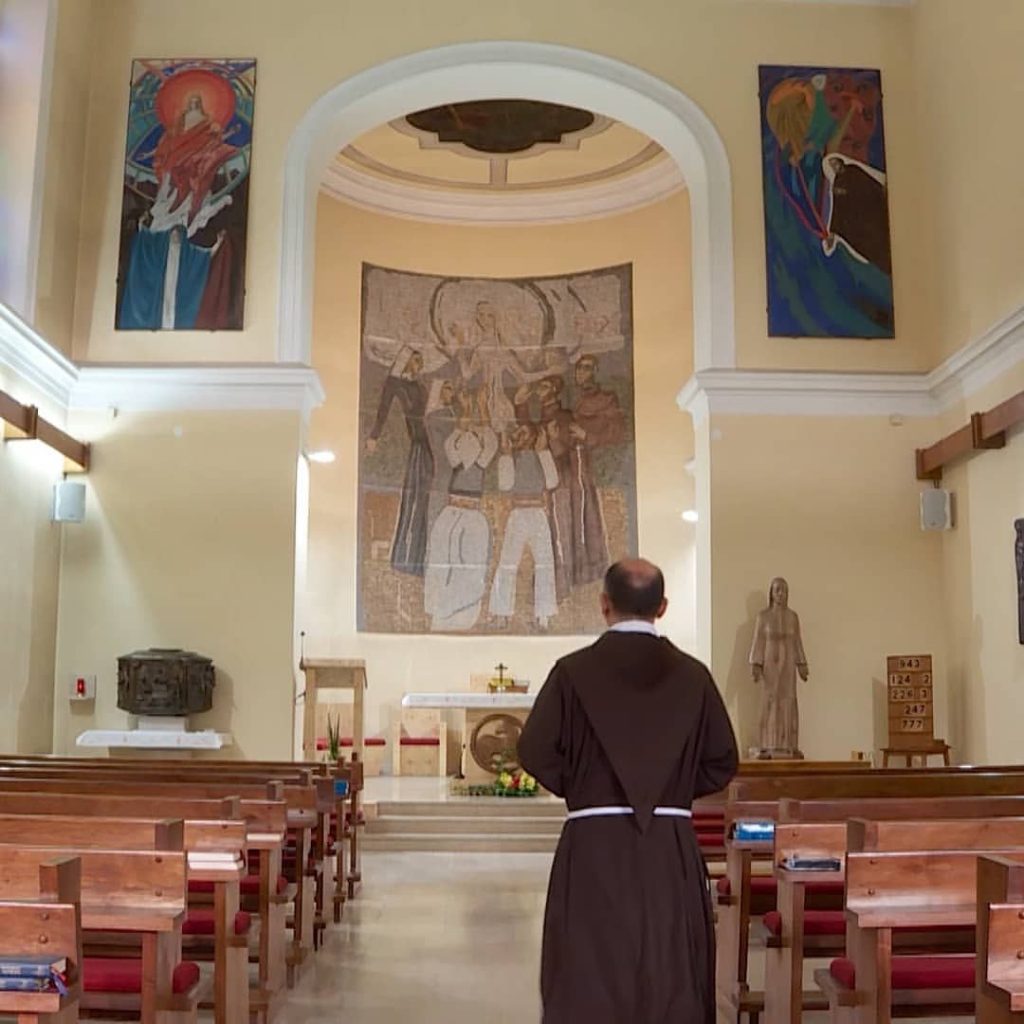
The St. Bonaventure Monastery in Visoko has a rich history, dating back to the early 14th century when the first Franciscan monastery was erected in Mile (now Arnautovići). Despite facing destruction in 1450 and subsequent rebuilding, political challenges forced the Franciscans to leave in 1688. Two centuries later, in 1899-1900, they returned to establish a gymnasium building, marking a new era in education.
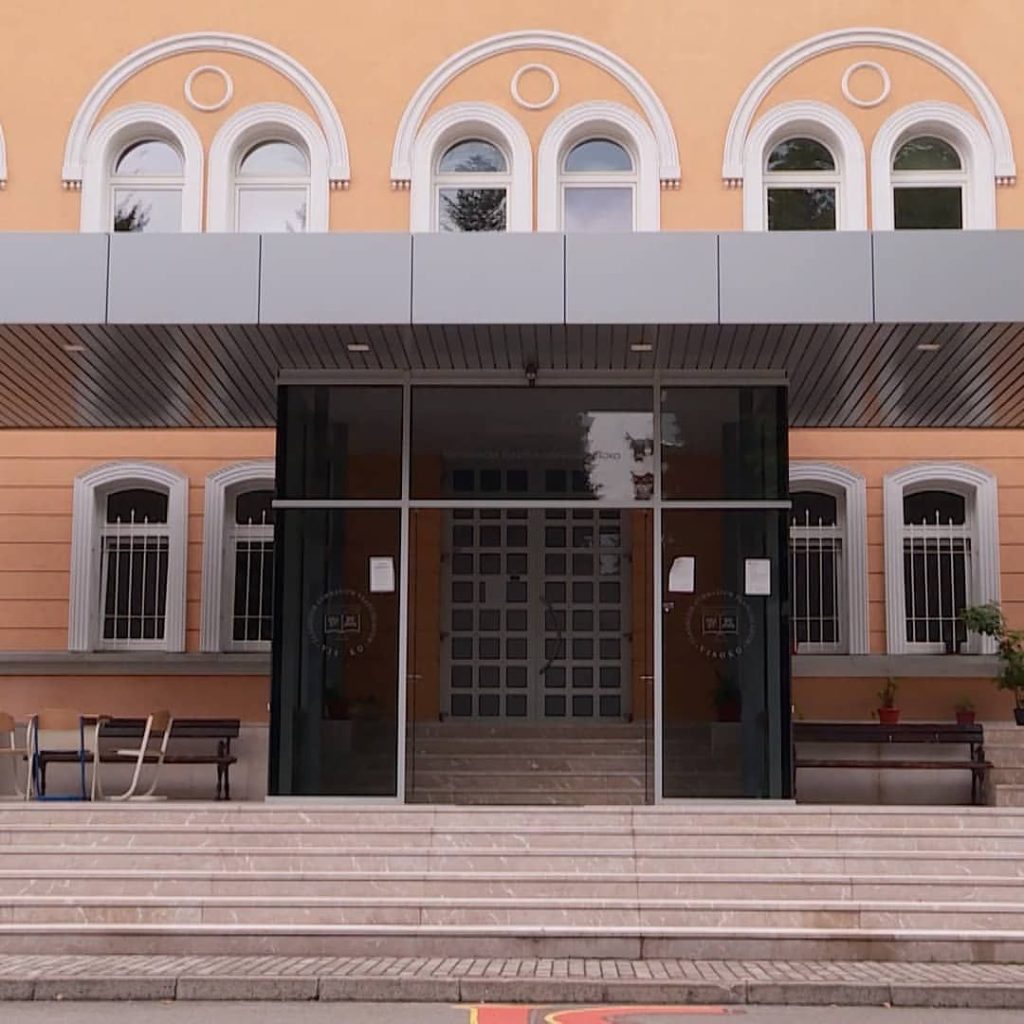
The monastery complex, including a church and gymnasium, underwent expansions and renovations over the years, with the gymnasium building designed by Ivan Holz.
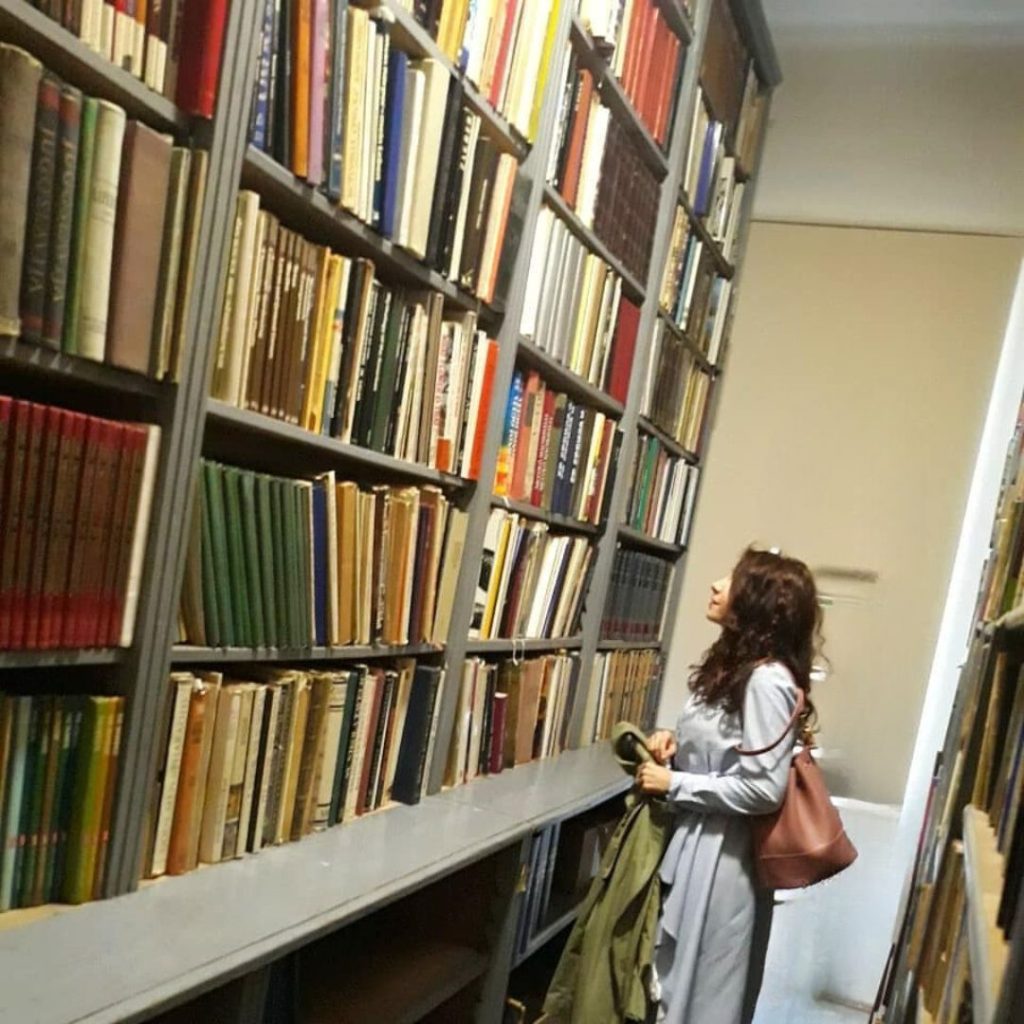
@anamarija.al
Today, the complex houses a gymnasium, a chapel with artistic treasures, a rich collection of modern art, and a valuable library, making it a cultural and educational landmark in Visoko.
Orthodox Church of St. Procopius

The Orthodox Church of St. Procopius, a national monument of Bosnia and Herzegovina, was constructed in 1857, alongside an Orthodox school.
Craftsmanship Legacy of Tabaci
Tabaci are craftsmen who specialize in the chemical treatment of leather, and their workshops are called tabhane. Visoko’s tabaci had their own flag (bajrak), a territorial unit within the Ottoman Empire, which is evidence of the significant presence of this craft in the region. Before the war in Bosnia and Herzegovina, Visoko was a major exporter of textiles and leather in Yugoslavia. Today, the leather-textile industry and auto-industry continue to drive economic growth.

The traditional craft of tanning leather, passed down through generations, persists, evolving from the Ottoman era till today.
The tabaci built the Tabacka Mosque in Visoko, which is now a national monument of Bosnia and Herzegovina. This construction took place in the first half of the 17th century when the leathercraft guild had gained sufficient strength to acquire the necessary funds for such a project.
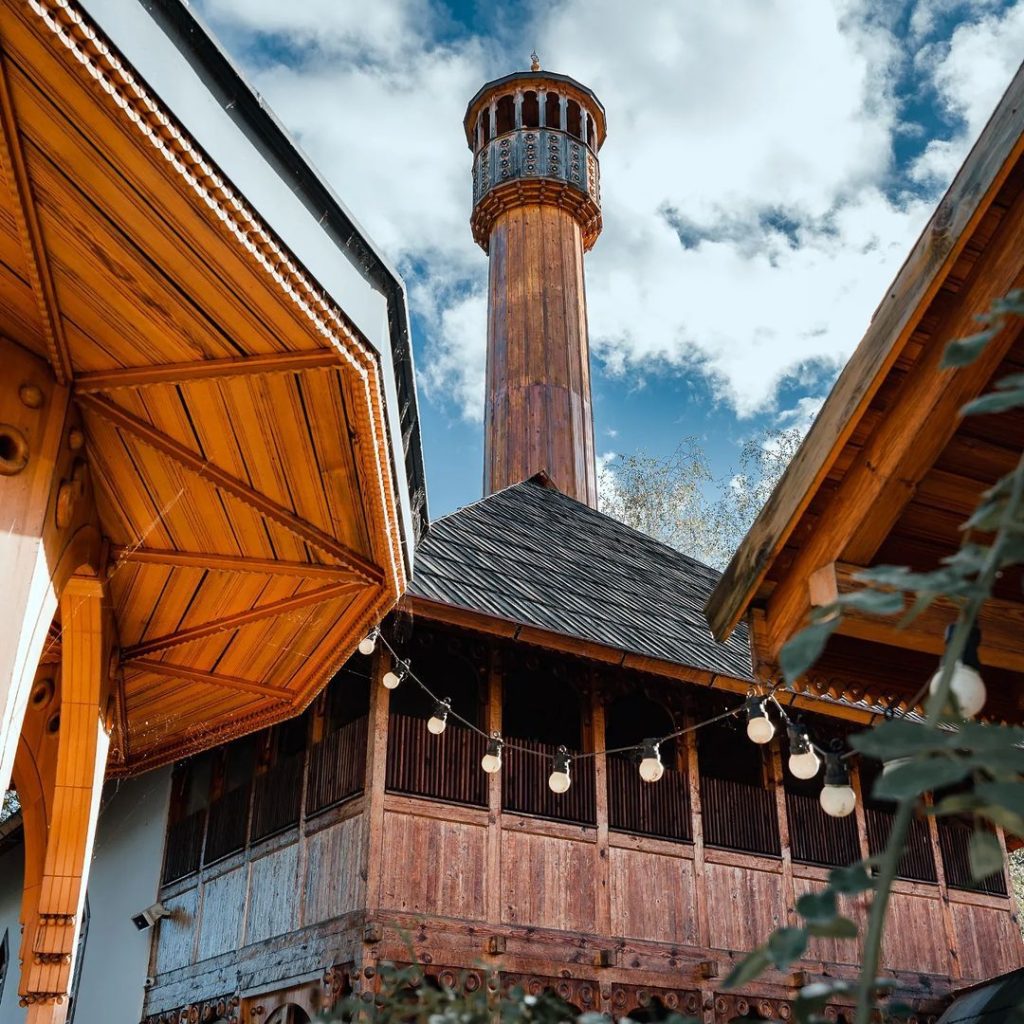
The Tabacka Mosque’s exact construction date in Visoko is uncertain, but it is believed to have been built no later than the first half of the 17th century.
Culinary Delights
Indulge your taste buds in Visoko’s culinary heritage, particularly the tradition of producing dried meat products.

Don’t miss the famous “Visočka pečenica,” officially recognized as a protected product since June 5, 2020. Experience the flavors that have been perfected over centuries, making Visoko a gastronomic delight.
Mysterious Attractions
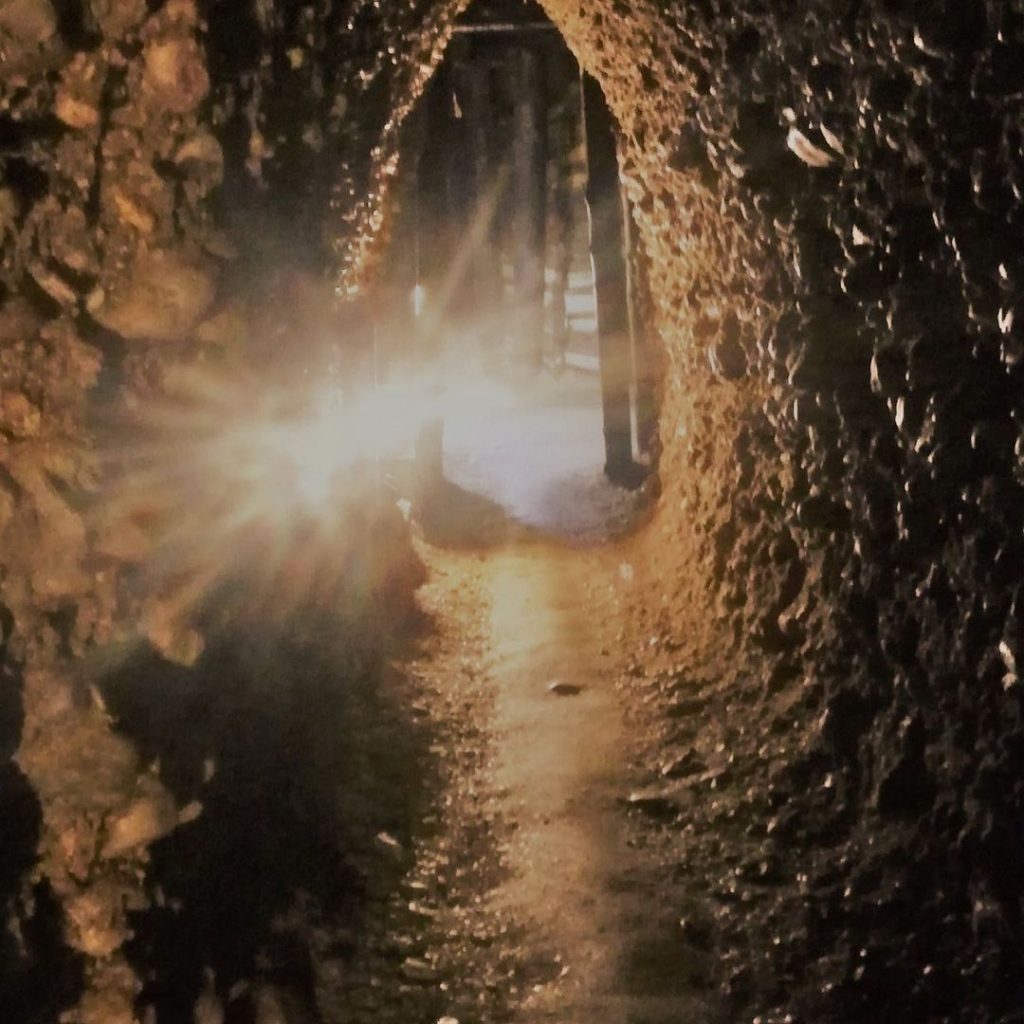
Beyond its historical and cultural offerings, Visoko has become a magnet for tourists since 2006, drawing tens of thousands to explore the Bosnian pyramids and Park Ravne, attracted by the claims of Semir Osmanagić.

Native Museum | Zavičajni muzej
The Native Museum of Visoko, founded on April 7, 1953, showcases a rich collection that spans seven distinct categories, including numismatics, archaeology, and ethnography.
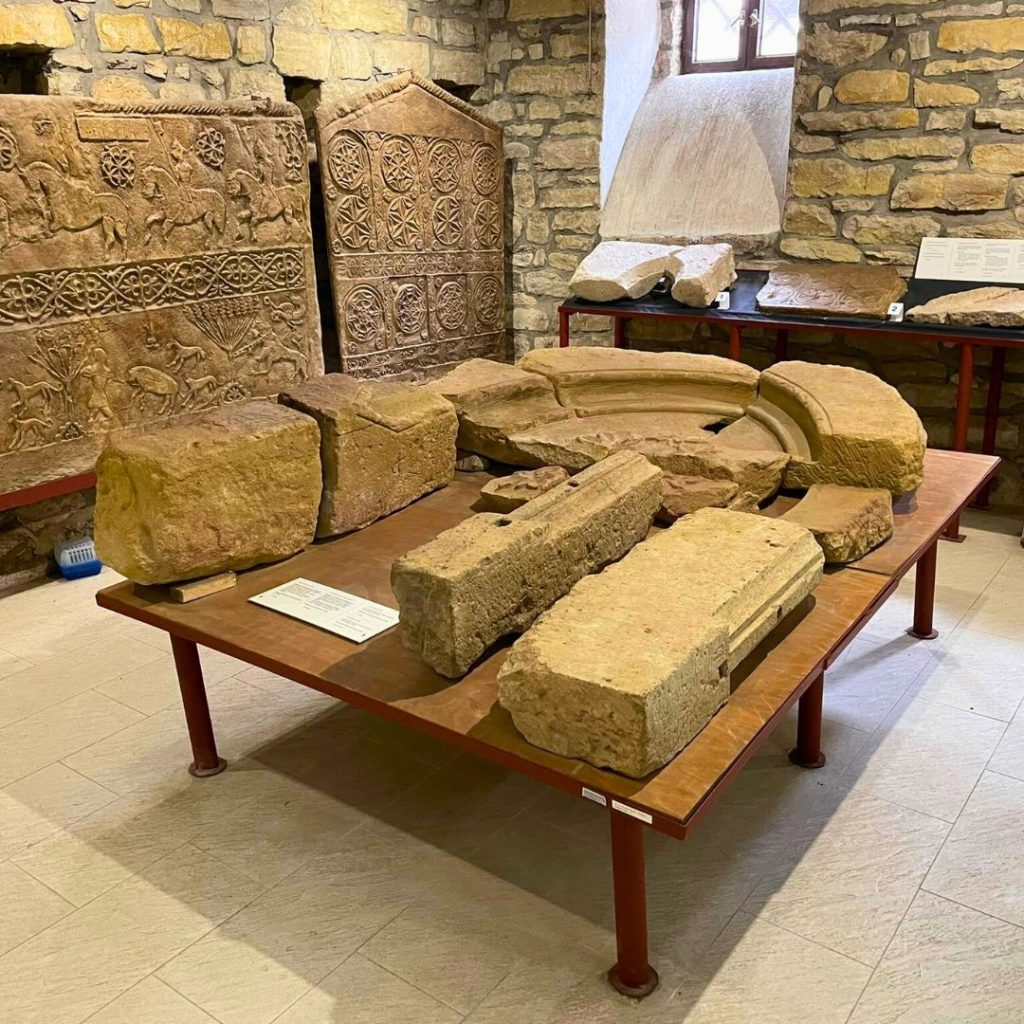
Among its treasures is a numismatic collection dating back to its inception, featuring 692 coins from various civilizations that inhabited Bosnia and Herzegovina. The museum also boasts an extensive archaeological collection, comprising over 87,000 artifacts from prehistoric sites within the Visoko basin. Despite being displaced during the 1992-1995 war, the museum’s collections were carefully restored and are now on display

Observatory

In addition to its rich historical heritage, Visoko offers a unique blend of the past and present. After exploring its historical landmarks and the city’s history, take a journey to the modern observatory where you can gaze at celestial bodies in the night sky.
Starry Night Park
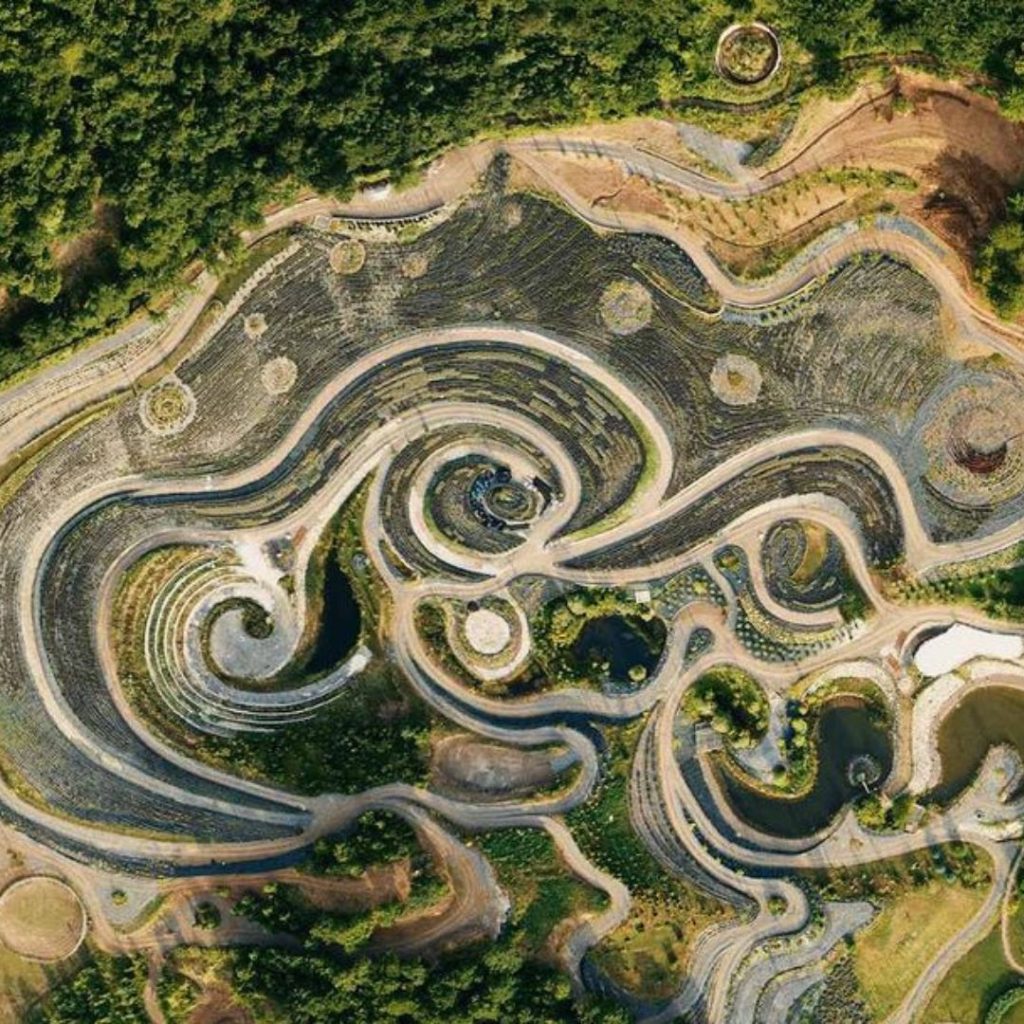
Also, don’t forget to visit the park near Visoko, a captivating masterpiece inspired by Vincent van Gogh’s “Starry Night”.



